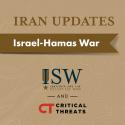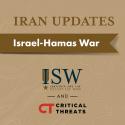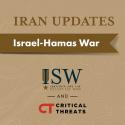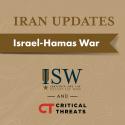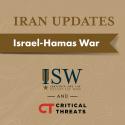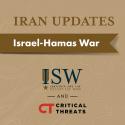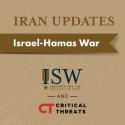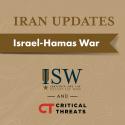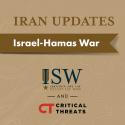Iran and its so-called “Axis of Resistance” are signaling their capability and willingness to attack maritime targets beyond just the Persian Gulf and Red Sea. A one-way drone struck a commercial vessel off the coast of India, causing structural damage to the ship, on December 23. The vessel is partially Israeli-owned. Israeli media reported that Iran was responsible for the attack, which is consistent with the ongoing anti-shipping campaign that Iran and the Houthi movement have conducted around the Bab al Mandeb in recent weeks. This attack follows the Islamic Resistance of Iraq—a coalition of Iranian-backed Iraqi militias—claiming on December 22 that it conducted an unspecified attack on a “vital target” in the Mediterranean Sea. There is no evidence that the Islamic Resistance of Iraq conducted an attack into the Mediterranean Sea at the time of writing. The claim, nevertheless, signals the readiness of the Iraqi group to participate in the Iran-led attack campaign on maritime targets. Finally, a senior commander in Iran’s Islamic Revolutionary Guards Corps (IRGC), Brigadier General Mohammad Reza Naghdi, threatened to expand the anti-shipping campaign to the Mediterranean Sea and Strait of Gibraltar on December 23. Naghdi frequently makes inflammatory threats toward Iranian adversaries, but his statement is particularly noteworthy given the drone attack off the Indian coast and the claimed attack by the Islamic Resistance of Iraq. Iran and its Axis of Resistance are likely messaging their capability and willingness to widen geographically their anti-shipping attack campaign in response to the United States forming a multinational naval task force to safeguard commercial traffic around the Red Sea.
